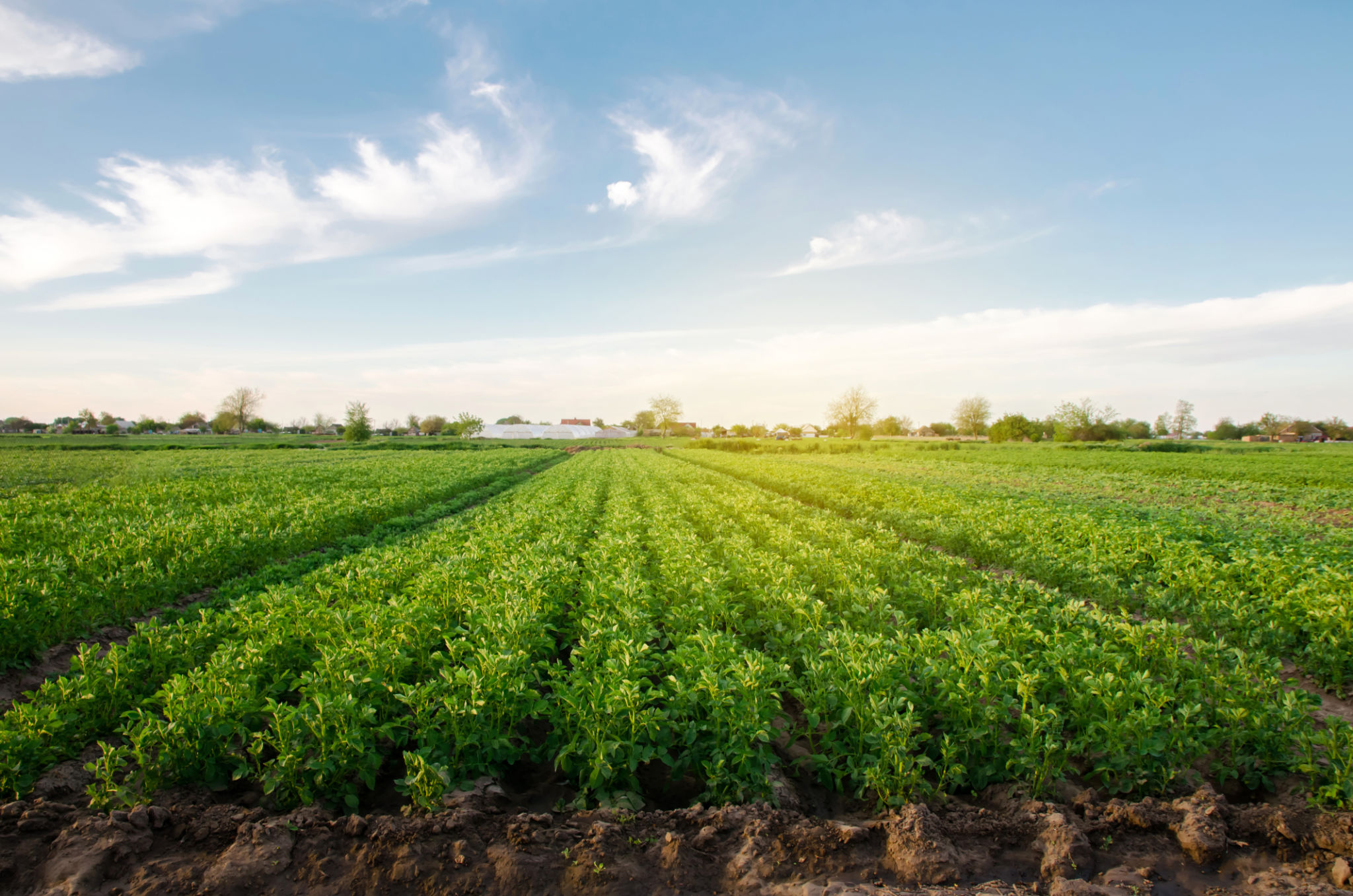Seasonal Herbicide Application Tips for Farmers in Limpopo
Understanding Seasonal Herbicide Application
In the agricultural heartland of Limpopo, effective weed management is crucial for maximizing crop yield. Seasonal herbicide application is one of the most efficient strategies farmers can use to control weeds. Understanding the timing and method of application can make a significant difference in the results.
Herbicides work best when applied at specific times in the growth cycle of weeds. By aligning herbicide application with these cycles, farmers can ensure more effective control and reduce the need for repeated applications.

Choosing the Right Herbicide
Selecting the appropriate herbicide is critical and depends on several factors, including the type of crops grown, the prevalent weed species, and the specific growth stage of both crops and weeds. It's essential to read the herbicide labels carefully to understand their usage and limitations.
Farmers should consider both pre-emergent and post-emergent herbicides. Pre-emergent herbicides are applied before weeds germinate, while post-emergent herbicides are used after weeds have appeared. Choosing the right type will depend on your current weed management strategy and goals.
Timing Your Herbicide Application
The timing of herbicide application is as important as the choice of product. For pre-emergent herbicides, applying them just before the onset of the rainy season in Limpopo ensures that they are activated by moisture, providing a protective barrier against emerging weeds.

For post-emergent herbicides, application should occur when weeds are actively growing but before they reach maturity. This is often during the early stages of growth when weeds are most vulnerable to chemical treatments.
Application Techniques
The method of application can also influence the effectiveness of herbicides. Farmers should aim for even coverage across their fields to ensure that all weeds come into contact with the herbicide. This might involve using different equipment, such as boom sprayers or backpack sprayers, depending on the size and layout of the fields.
- Boom sprayers: Ideal for large fields, providing uniform coverage.
- Backpack sprayers: Suitable for smaller areas or spot treatments.

Monitoring and Adjusting Strategies
After applying herbicides, it's important to monitor their effectiveness. Regular field inspections can help farmers determine if additional treatments are necessary or if adjustments to their strategy are needed. Weed resistance can develop over time, so alternating between different types of herbicides may be beneficial.
By keeping detailed records of herbicide applications, farmers can track which strategies worked best and make informed decisions for future growing seasons. This data-driven approach not only improves weed management but also enhances overall farm productivity.
Environmental Considerations
While herbicides are effective tools for weed control, it's crucial to consider their environmental impact. Farmers should strive to use the minimal effective dose and avoid application near water sources to prevent contamination. Moreover, integrating other weed management techniques, such as crop rotation and mechanical weeding, can reduce reliance on chemical solutions.

In conclusion, effective seasonal herbicide application in Limpopo involves selecting the right product, timing applications correctly, using proper techniques, and continuously monitoring results. By adopting these practices, farmers can manage weeds more efficiently while safeguarding their crops and the environment.